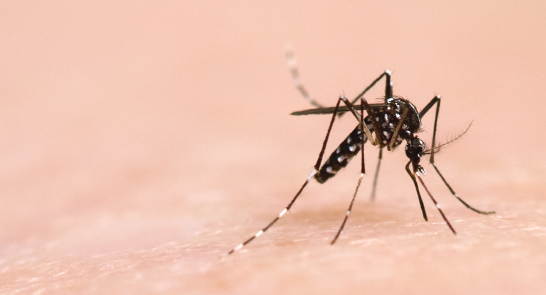In a press release, the CNRS (French National Centre for Scientific Research) has just announced that scientists at the Centre de Physiopathologie de Toulouse Purpan (Physiopathology Centre, Toulouse Purpan)(CNRS/Inserm/University of Toulouse III – Paul Sabatier) and the CHU Toulouse (University Hospital Centre) have revealed two ways in which the Zika virus is transmitted between mother and child in the womb. This could explain “the irreversible damage caused by a Zika-mediated infection during pregnancy”.
Nabila Jabrane-Ferrat, CNRS Research Director at the Physiopathology Centre, Purpan Hospital, explained that it “is transmitted directly from cell to cell by infecting the maternal tissue and advancing towards the foetal placenta. It can also be transmitted in the blood”. She believes that therapeutic strategies are still out of reach, “we can start to consider ways of blocking it, by introducing small molecules, for instance, which could neutralise it”.
“Scientists obtained these results by studying the transmission of the Zika virus at the maternal-foetal interface using an ex-vivo model developed from first trimester abortion samples. They also showed that the viral strain endemic to Brazil replicates in a large group of maternal and foetal cells, causing damage as the virus is transmitted”.
20 minutes (19/10/2016) – La dépêche (19/10/2016)

